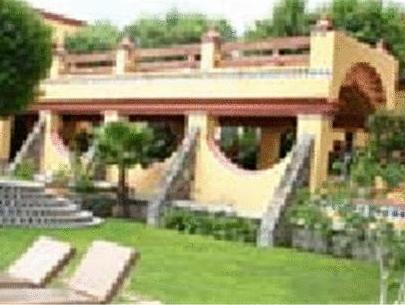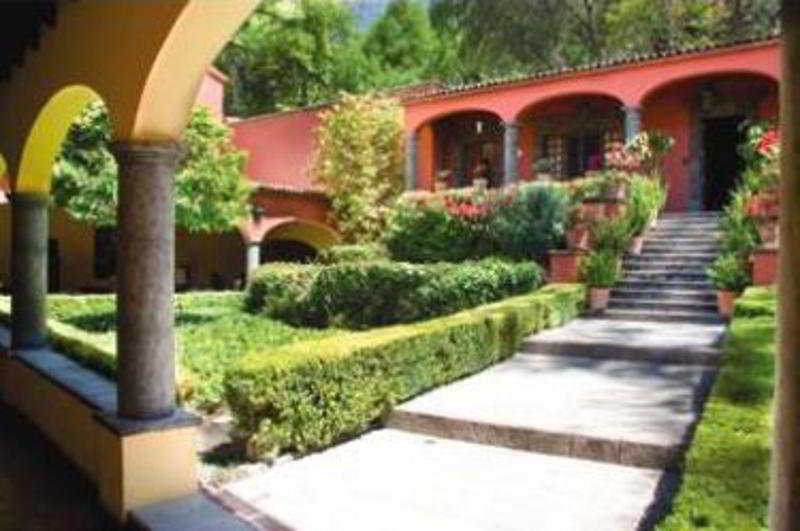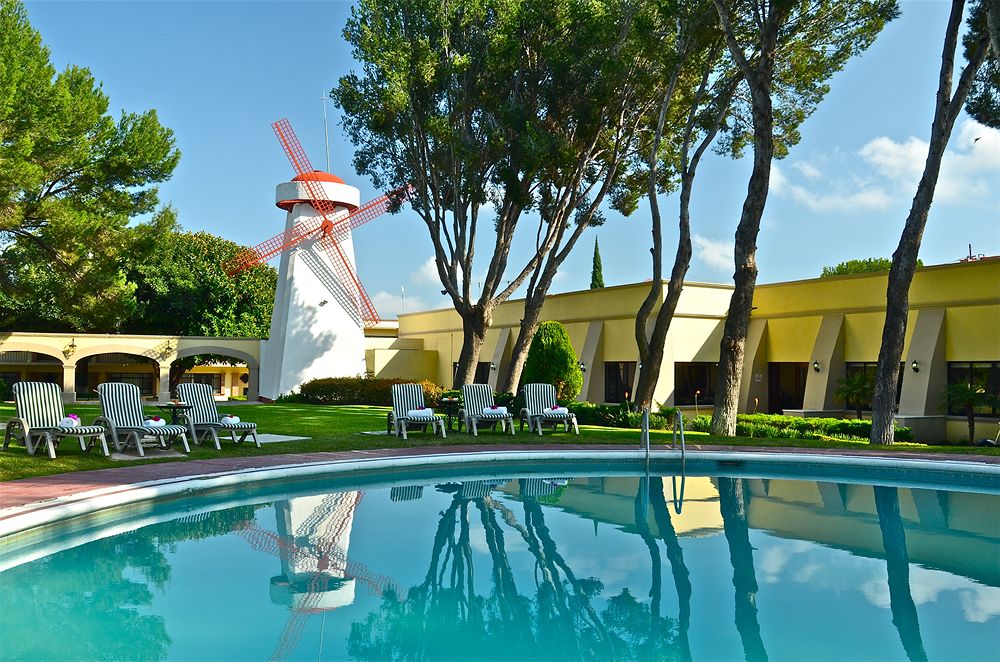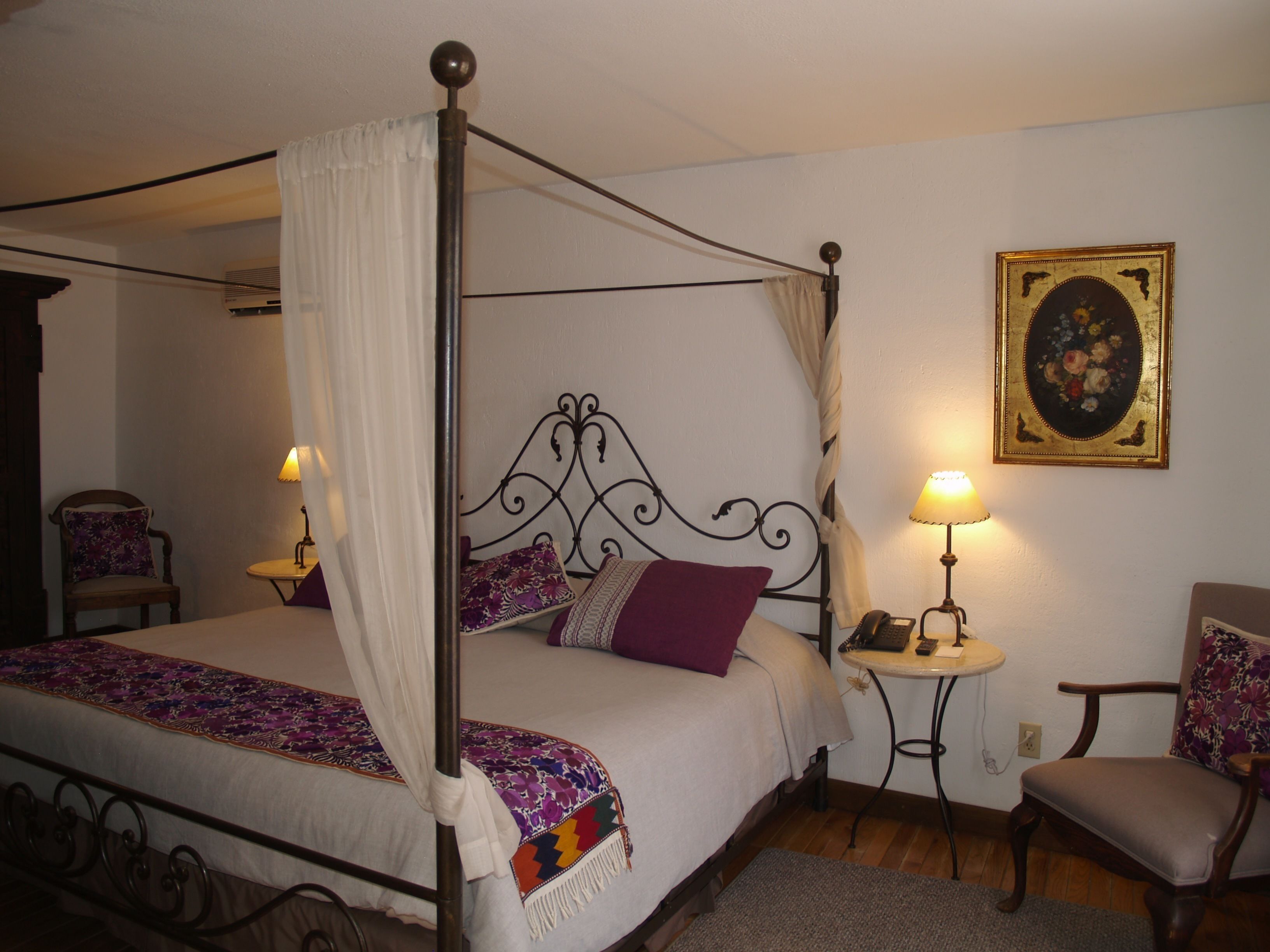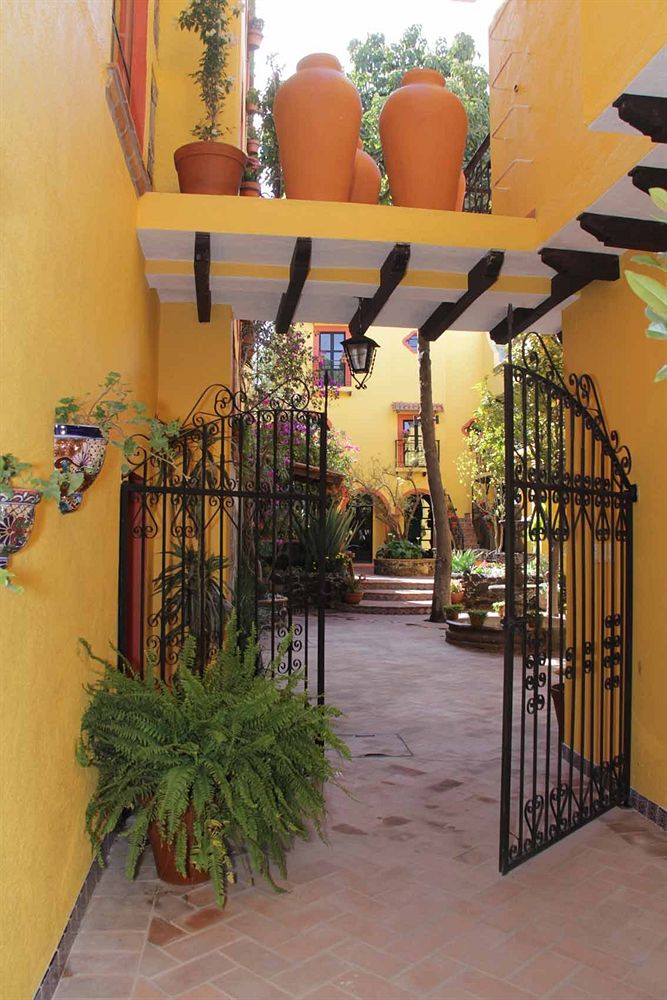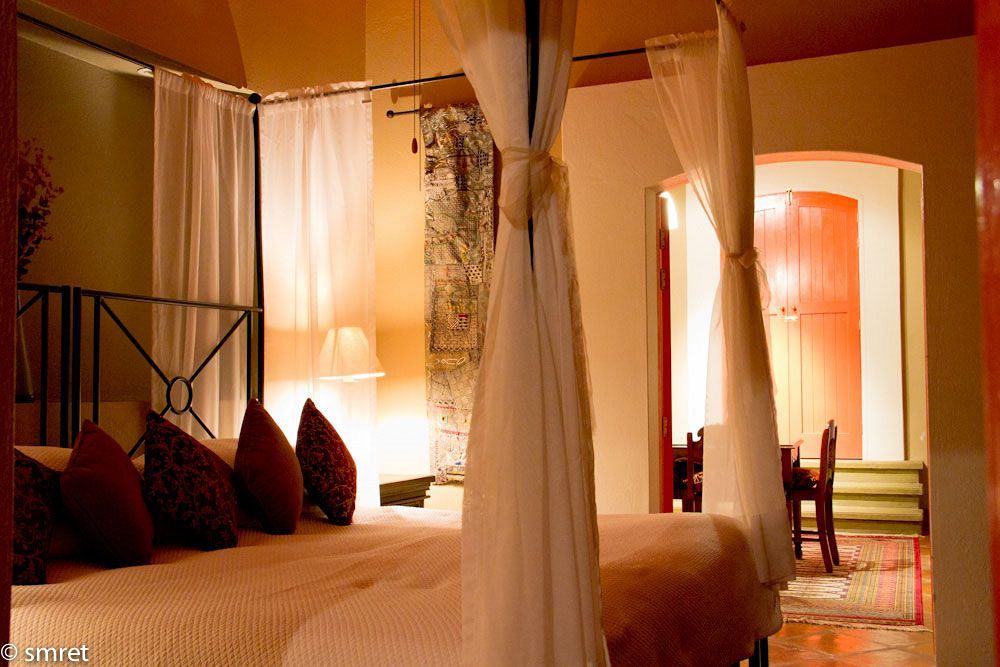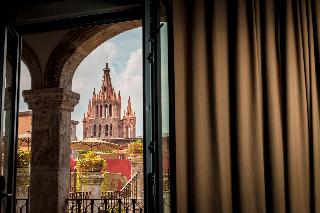
サンミゲルデアジェンデホテル検索結果
AIが見つけた軒のホテルの最安値をご覧ください。
ベストホテル
最安値のホテル
ホテル等級
AIおすすめ
サンミゲルデアジェンデベストホテル
サンミゲルデアジェンデ 最低価格のホテル
最高評価のホテル
サンミゲルデアジェンデにある5つ星ホテル
サンミゲルデアジェンデにある4つ星ホテル
サンミゲルデアジェンデにある3つ星ホテル
AIがおすすめする世界の旅行先
サンミゲルデアジェンデ近くのホテル情報
サンミゲルデアジェンデ 旅行に欠かせない情報
“The artistically inspiring city”
San Miguel de Allende (Spanish pronunciation: [san mi'ɣel de a'ʎende]) is the name of a municipality and its principal city, both located in the far eastern part of Guanajuato, Mexico. A part of the Bajío region, the city lies 274 km (170 mi) from Mexico City, 86 km (53 mi) from Querétaro, and 97 km (60 mi) from the state capital of Guanajuato. The city's name derives from two persons: 16th-century friar Juan de San Miguel, and a martyr of Mexican Independence, Ignacio Allende, who was born in a house facing the city's central plaza. San Miguel de Allende was also a critical epicenter during the historic Chichimeca War (1540–1590) where the Chichimeca Confederation defeated the Spanish Empire in the initial colonization war. Today, the town is a proclaimed World Heritage Site, attracting thousands of tourists and new residents from abroad every year.
At the beginning of the 20th century, the town was in danger of becoming a ghost town after an influenza pandemic. Gradually, its Baroque/Neoclassical colonial structures were "discovered" by foreign artists who moved in and began art and cultural institutes such as the Instituto Allende and the Escuela de Bellas Artes. This gave the town a reputation, attracting artists such as David Alfaro Siqueiros, who taught painting.
This attracted foreign art students, especially former U.S. soldiers studying on the G.I. Bill after the Second World War. Since then, the town has attracted a significant number of foreign retirees, artists, writers and tourists, which has shifted the area's economy from agriculture and industry to commerce catering to outside visitors and residents.
The main attraction of the town is its well-preserved historic center, filled with buildings from the 17th and 18th centuries. This and the nearby Sanctuary of Atotonilco were declared World Heritage Sites in 2008.
 時間 UTC-05
時間 UTC-05 通貨 MXN
通貨 MXN 言語 Spanish, Mayan, Nahuatl
言語 Spanish, Mayan, NahuatlStaypiaだけの特別な特典
リアルタイムホテル最安値比較
AIが見つけたin サンミゲルデアジェンデの軒のホテルのリアルタイム最安値を簡単に比較検索できます。
316万軒のホテルを最安値で予約
最低価格に最大31%追加メンバーシップ割引でさらにお得にご予約いただけます。
自分だけの
AIがリアルタイムで更新するサンミゲルデアジェンデ旅行情報で便利に旅行を準備しましょう。
よくある質問
サンミゲルデアジェンデで最も人気のあるホテルは Rosewood San Miguel, Imperio De Angeles, Hacienda El Santuario Hotel Boutique です。
サンミゲルデアジェンデで最も人気のある5つ星ホテルはRosewood San Miguel, Imperio De Angeles, Hacienda El Santuario Hotel Boutiqueです。 サンミゲルデアジェンデ 評価順にホテルを見る
サンミゲルデアジェンデで最も評価の高いホテルはRosewood San Miguel, Imperio De Angeles, Hacienda El Santuario Hotel Boutiqueです。
一般的なホテルの場合、客室予約はキャンセル締切日前まで無料返金が可能です。キャンセル締切日以降は手数料が発生する場合がありますので、ホテルバウチャーまたはメニュー>マイ予約でキャンセル締切日をご確認ください。
ステピアでは、AIが収集した316万件のホテルの最安値はもちろん、会員限定の追加割引価格で人気ホテルを予約することができます。
